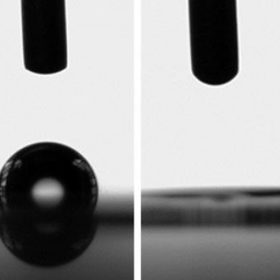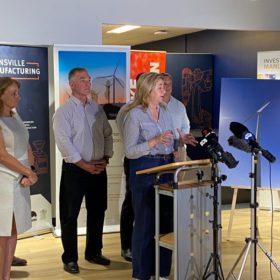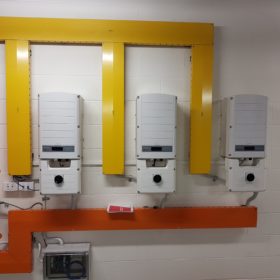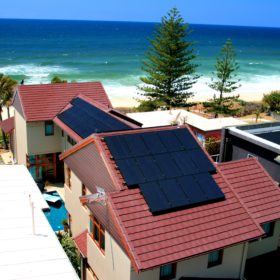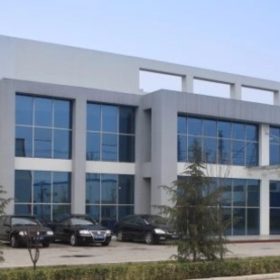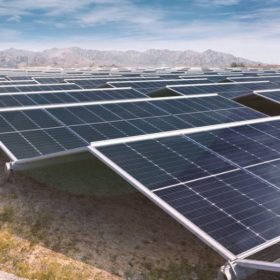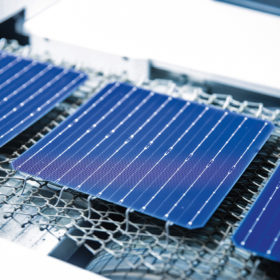Scientists unveil dirt-repellent coating for solar panels
Researchers from Germany’s Fraunhofer FEP have unveiled a dirt-repellent coating for solar panels. The material is reportedly able to acquire superhydrophilic properties at night and wash away accumulated dirt with the aid of beads of moisture.
Queensland to build $75m vanadium, rare earth processing facility for burgeoning battery industries
The Queensland government will invest $75 million (USD 53 million) to expand a critical minerals demonstration facility in Townsville – a project it claims will be an Australian first. The facility, slated for operations in 2025, is part of a growing push in Australia to develop battery materials industries beyond simply mining.
SolarEdge inverters first to ‘natively’ comply with SA’s flexible export program
Inverter and battery manufacturer SolarEdge has become the first vendor to meet, via native inbuilt software, the upcoming requirement in South Australia for “flexible exports” from residential solar systems. From July, the South Australian government will require new rooftop systems be fitted with software that allows SA Power Networks to dynamically control solar exports.
QCells unveils updated module for rooftop market
Hanwha Qcells has launched the latest generation of its Q.MAXX solar panel series for the Australian residential market, stating the power class has been increased by up to 15 Wp compared to previous iterations.
New residential battery inverter solution from China
Esysunhome (ESYSH), a new energy storage company in China, has developed a 5.12 kWh lithium iron phosphate (LFP) battery system with a 7.9 kW inverter. It says six modules can be combined for up to 30.72 kWh of energy storage capacity.
JA Solar to build new vertically integrated solar factory in China
JA Solar says it will build a new manufacturing facility in Inner Mongolia, China. The plant will produce everything from polysilicon to solar panels.
U.S. startup unveils portable solid-state lithium-ion battery for residential use
California-based Yoshino Technology has developed portable batteries using solid-state Li-NCM cell technology. The four variants come with power outputs of 330 W, 660 W, 2,000 W, and 4,000 W.
Nextracker to go public
Singapore-based electronics giant Flex announced that its subsidiary, Nextracker, has publicly filed a registration statement for an initial public offering.
New modular solar solution counts on ‘slide-together’ system to cut costs
Aspiring modular solar array manufacturer Green Energy Systems has unveiled a new Australian-made prefabricated modular PV solution for large-scale applications that it says offers significant cost reductions by eliminating all stainless-steel nuts, bolts and other traditional fitments in favour of a slide-together aluminium junction system.
Longi plans new 100 GW wafer plant, 50 GW solar cell factory in China
Longi Solar said it will invest CNY 42.5 billion ($9.4 billion) in 100 GW of wafer capacity and 50 GW of solar cell capacity in Shaanxi province, China.
